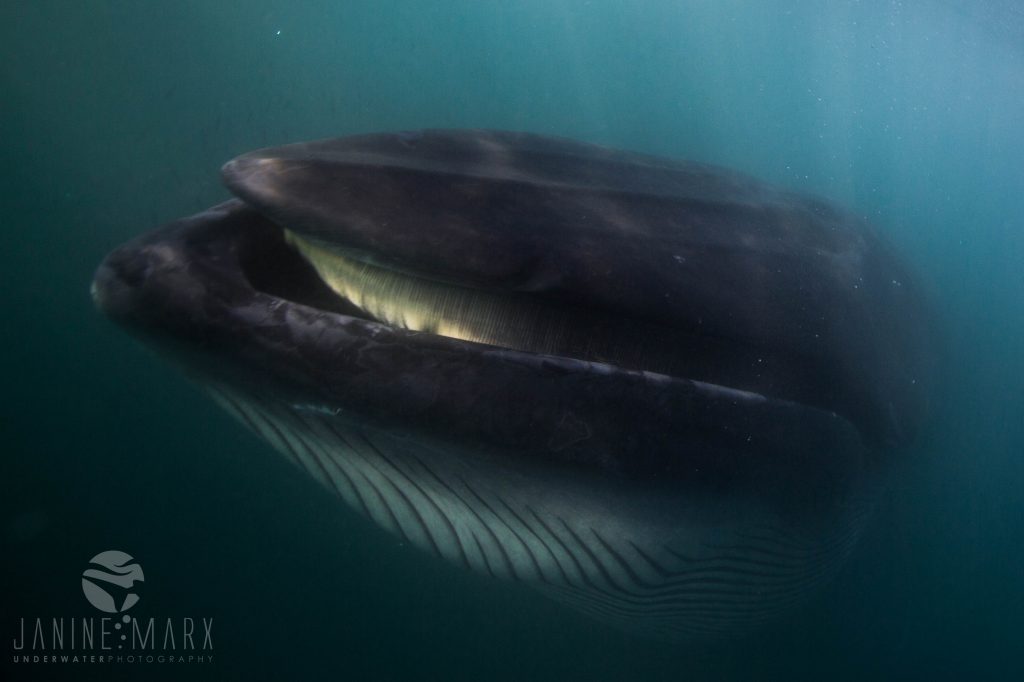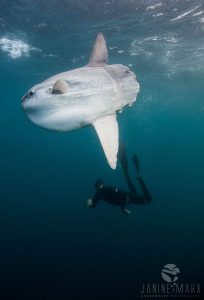Bryde’s Whale in Port St John’s
When the excited shouts of a Bryde’s Whale sighting rings in your ears, suddenly everyone on the boat is on high alert.
“Bryde’s whale? – there has to be sardines in the vicinity”. “There has to be a decent amount of food in the area”
And this is exactly the fact about these amazing whales that in order to maintain their diet, these marine mammals are often found in areas that have abundant supplies of fish and other prey.
This year there were many, many sightings of Bryde’s Whales during sardine run and so many of these were a last minute scramble to get out of the way as it would simply appear, in stealth mode fashion, before your very eyes and leave you wondering how something so large can just suddenly pop into focus like that and scoop so much food into it’s mouth and wham, thanks for that, sardine shoal split and chaos in the water with the excitement of the encounter.
They capture their food by looking for large swarms or gatherings of potential prey and then swim through the swarm and engulf whatever food is available. And you had better make sure that you are out of the way. Cheekily, these whales may be spotted hunting and stealing prey that other marine animals have worked hard to herd together and obtain. When searching for food the Bryde’s whale can dive underwater for up to 20 minutes before re-surfacing for air.
Unlike other species of baleen whales, Bryde’s whales tends to move in irregular patterns both surfacing and changing direction for no particular reason, making their patterns unpredictable and unusual.
Further interesting facts about the Bryde’s whale is that the name comes from Johan Bryde, who helped set up the first modern whaling station in South Africa. They can be found living in various tropical/subtropical waters throughout the world and can be seen swimming in the Atlantic, Pacific and Indian oceans.
Their gestation period is approximately 11-12 months. After birth the female will nurse her calf for 6 – 12 months or until the newborn is able to hunt and survive on it’s without the need of additional support from its mother.
Sexual maturity for these whales is between 7 – 14 years at which point they reach their matured size and may begin mating and bearing offspring of their own.
Bryde’s whales may give birth once every 2 – 4 years while they remain fertile.
Sadly there is not enough data about the lifespan of the Bryde’s whale.
More at …..http://divingwithsharks.co.za




